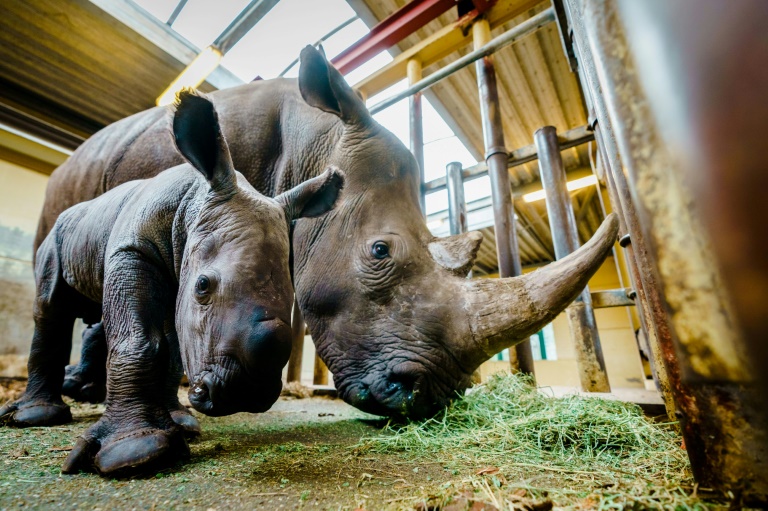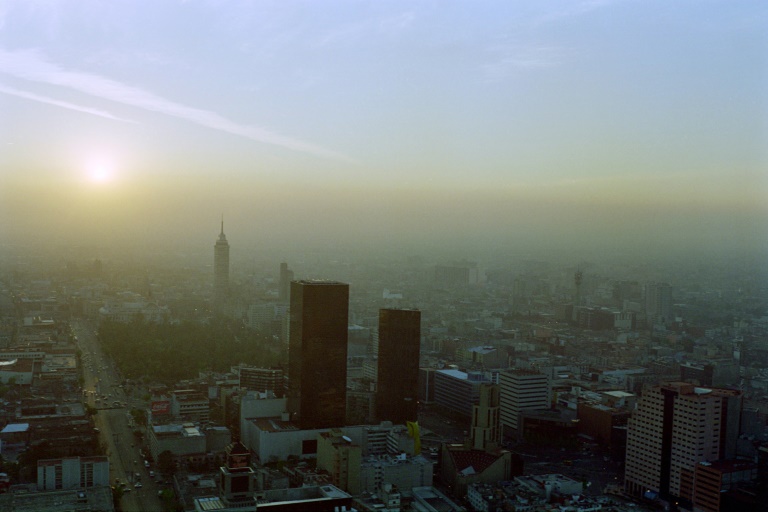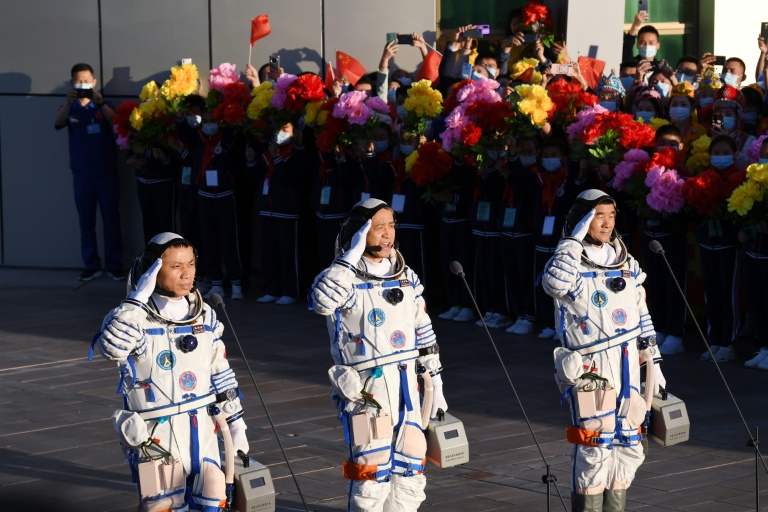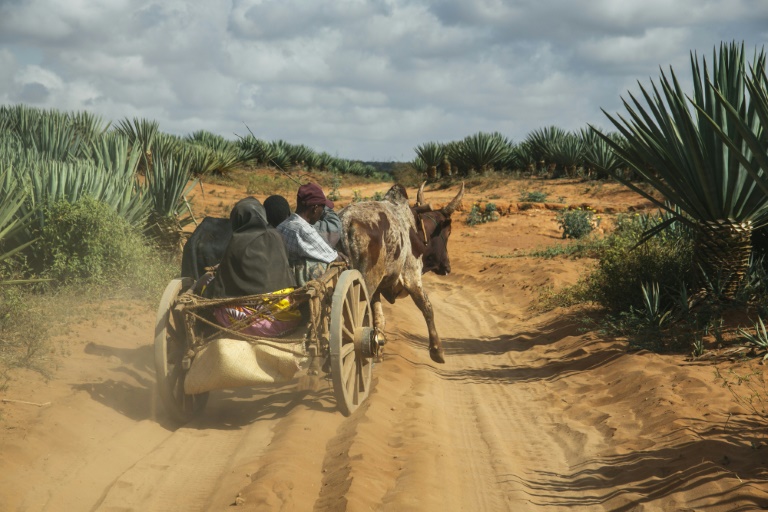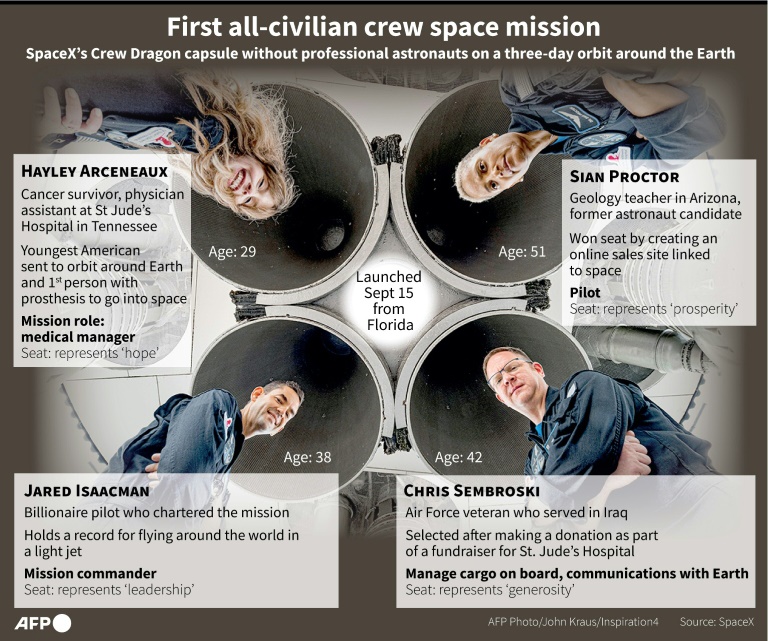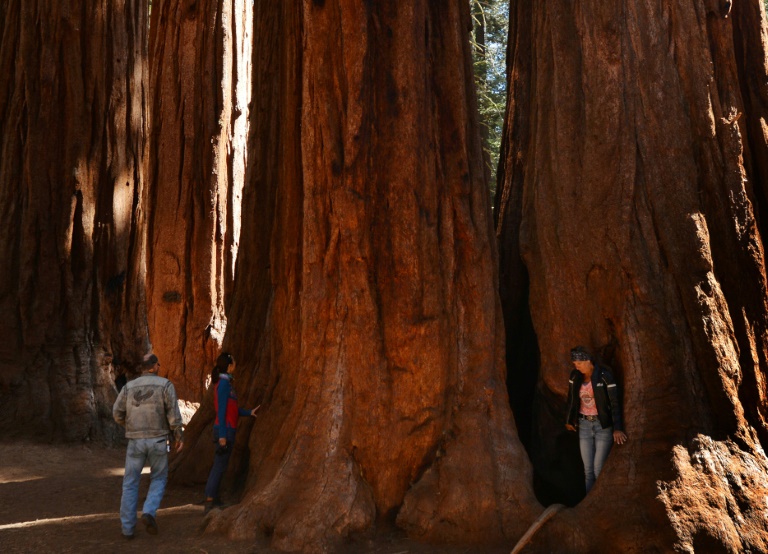Rhino drowns at Dutch zoo in mating mishap
A female rhinoceros drowned at a zoo in the Netherlands after a first date with a new male went tragically wrong, the zoo said on Friday.
Elena was “startled” on Thursday by the arrival of a white rhino named Limpopo at the Wildlands zoo in the eastern city of Emmen near the German border.
After a chase the exhausted female slipped into a waterhole, at which point zookeepers lured the bull rhino away from her.
“Unfortunately, this help came too late for Elena and she had already drowned,” the zoo said in a statement.
The 19-year-old Limpopo had arrived at the park in early September from another Dutch zoo where he sired three offspring as part of a European breeding programme.
The male and the Wildlands zoo’s two female rhinos, sisters Elena and Zahra, started getting to know each other by smelling and seeing each other in separate pens.
The “most exciting” part, the zoo said, was planned for Thursday morning, before visitors arrived, when Limpopo was allowed into the area where the females were grazing.
“From that moment on it became restless: both women were startled by the male and instead of putting him in his place together, they both ran off,” it said.
“As a result, Limpopo gave chase. He seemed particularly focused on Elena, because she was the closest to him.”
Both animals appeared exhausted after 15 minutes, and Elena slipped into a shallow pool of water, landed on her side and was unable to get up, the zoo said.
Caretakers were unable to stop her drowning.
– Limpopo’s past problems –
Stunned zoo vet Job Stumpel paid tribute to the “beautiful, sweet, stable and calm” Elena
“You want to jump over there and lift her head above water but you couldn’t. Rhinos are not only very dangerous, but they also weigh almost 2,000 kilos (4,409 pounds),” he told AD newspaper.
“We raced to it with a shovel and chased the male away with it, so we could get to the female, but it was too late.”
The zoo said such an introduction “often requires intervention, but never before has one been fatal”.
Limpopo had been moved from a German zoo six years ago because he “didn’t treat the female there properly”, the Brabants Dagblad newspaper said.
In his most recent home, the Beekse Bergen safari park near Tilburg in the southern Netherlands, he was a “proven breeder” living with a herd of six females.
The southern white rhino is listed as “near threatened” by the International Union for the Conservation of Nature, with 10,080 animals in existence.
Rhinos are killed for their horns, highly prized across Asia for traditional and medicinal purposes.
But breeding them is difficult, as a female only gives birth to a calf once every three to four years, after a 16-month pregnancy, the zoo said.

